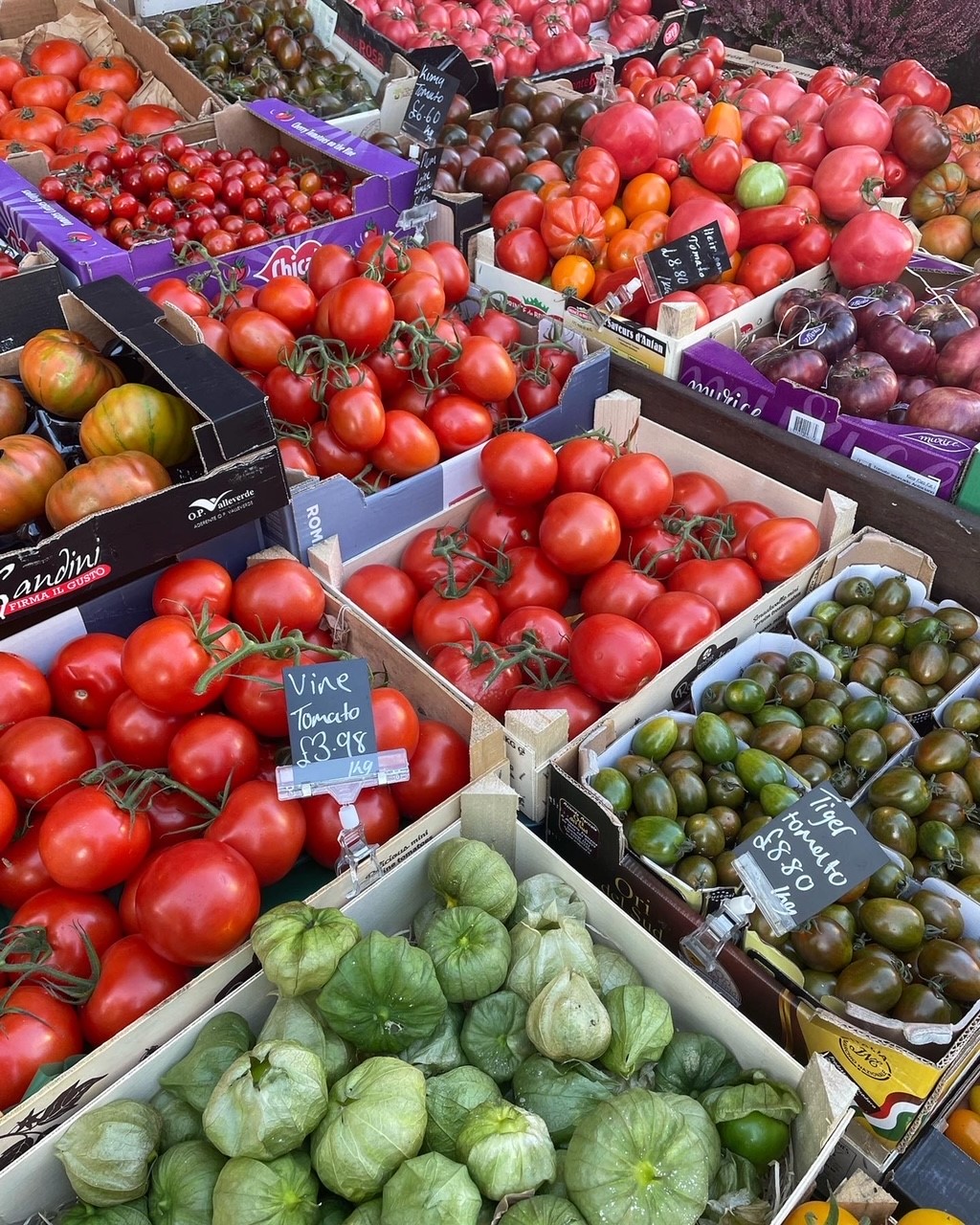Lebanon, a land of of diverse influences
Lebanese cuisine has long been beloved for its vibrant flavors and diverse influences. In recent years, some interesting new trends have emerged in Lebanese food that are putting a fresh spin on traditional dishes. Here’s a look at some of the latest Lebanese food fads.
Vegan Lebanese Food
One of the biggest trends right now is vegan and vegetarian Lebanese options. As more people adopt plant-based lifestyles, restaurants like Tawlet in Beirut and Bab Sharki in Byblos are evolving classic Lebanese dishes to be meatless and dairy-free. For example, veggie kafta is made from chickpeas and lentils instead of lamb. Vegan labneh is made from cashews or coconut yogurt rather than dairy. And mujadara is made with olive oil instead of ghee. Many modern Lebanese eateries now have dedicated vegan menus featuring plant-based shawarma, falafel, hummus and more.
New Twists on Mezze
The small starter plates known as mezze are essential to Lebanese dining. And chefs are putting creative new spins on traditional mezze items. Some examples include fried Brussels sprout kibbeh, labneh cheesecake with berry compote, and harissa spiced chicken wings. Mini dessert mezze are also trending, like tiny cups of cinnamon rice pudding or rosewater panna cotta. Restaurants like Em Sherif in Beirut are making mezze feel fresh again with these contemporary renditions.
Hybrid Dishes
Lebanese food has always been influenced by surrounding cultures like Turkish, French and Mediterranean cuisines. This blending continues today as Lebanese chefs experiment with fusing other global flavors. Popular hybrid dishes include Lebanese-Korean bibimbap bowls at restaurants like Centrale, Lebanese tacos with shawarma meat at Bar Tartine, and Lebanese sushi with tabbouleh rolls at Sushi Rechmaya. These crossover foods represent the ongoing evolution of Lebanese food.
Health-Conscious Alternatives
As consumer concerns over diet and nutrition grow, chefs are creating healthier versions of indulgent Lebanese fare. For example, baked kibbeh instead of deep-fried at restaurant Jasmine, or cauliflower rice tabbouleh as a low-carb alternative. Spiced chickpea fries instead of potato fries for more fiber. And za’atar spiced chicken skewers using breast meat and yogurt sauce instead of shawarma. Traditional Lebanese ingredients like olive oil, herbs, veggies and legumes make it easy to lighten up recipes.



